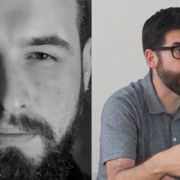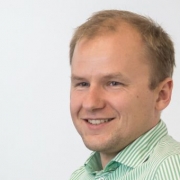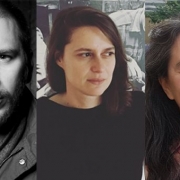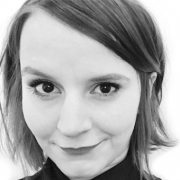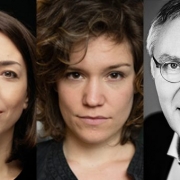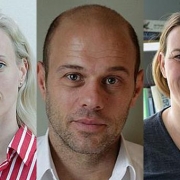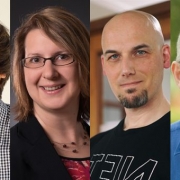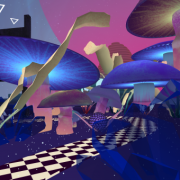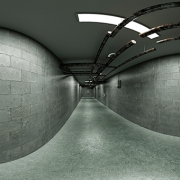Creating a work of art in Virtual Reality requires specific technological knowledge. German VR art, as compared to countries such as Canada or the US, is still a niche movement. What are the technical requirements for creating a work of VR art? How to acquire financial support, and how to evaluate the value of a virtual work of art in the end? Can VR be established as an art form in Germany? We are looking for answers to these questions.
Speakers
Vladimir Ilic (VRHUMAN)
Pau Waelder (art critic, curator, and researcher)
Presentation
Ulrich Schrauth (Artistic Director VRHAM! Festival)
